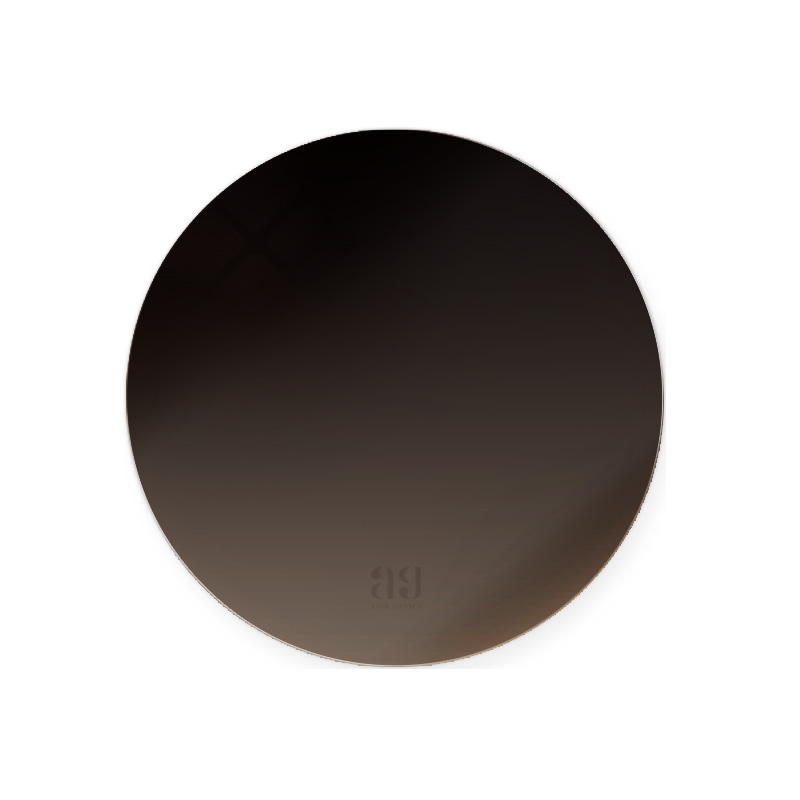How to choose sunglasses lenses?
Common visible light contains high-energy ultraviolet rays, and ultraviolet rays can be divided into UVA, UVB, and UVC according to different wavelengths. The ozone layer can isolate most of UVB and UVC, while UVA has a longer wavelength and stronger penetrating power, and is still available in daily life. UVA may cause eyelid malignant tumor, photokeratitis and other lesions. Fortunately, the cornea and lens of the eye also have an insulating effect, and only about 1.5% of them actually enter the retina. However, if accumulated for a long time, it may also cause macular degeneration.
So if you want to protect your eyes, how should you choose sunglasses? Here are 3 steps to teach you how to choose the right sunglasses.
Step 1: Choose the lenses marked with UV400
The so-called UV400 means that it can filter ultraviolet rays with wavelengths below 400nm and can block 99% to 100% of ultraviolet rays. This technology is now quite popular. Shops selling sunglasses generally also have instruments for testing ultraviolet rays, which can help with lens testing.
Step 2: Choose the lens color according to your needs
Different colors have different visual perception and applicability. Many people have myths about sunglasses, thinking that the darker the color, the better, but this is not the case. It is the most appropriate to choose according to the occasion you use.
Blue-gray lenses: suitable for water sports and seaside wear. Because it is a neutral lens, it can evenly absorb the spectrum of various colors, effectively reduce the light intensity, and effectively filter out the light blue reflected by the sea and the sky.

Brown lenses: suitable for daytime driving or in foggy conditions, because they can filter out a lot of blue light, adjust contrast and clarity, and have the advantage of blocking reflected light.
Yellow lenses: suitable for indoor, night activities and foggy, dusk, rainy and other environments, the effect of absorbing blue light is the strongest, and it is also the most commonly used color by athletes, which can effectively block blue light, enhance contrast, and be bright and not dazzling.
Orange lenses: suitable for indoors, night activities, and outdoors where the sun is not strong. It has the same function as the yellow lenses, and has a strong blue light absorption effect and a stronger contrast effect.
Red lens: It can only block light with short wavelengths and has no protective effect. It is a popular accessory.
Gray lenses: suitable for various activities, because they belong to the neutral color system, they can evenly absorb the spectrum of various colors, effectively reduce the light intensity, and there will be no obvious chromatic aberration.
Step 3: Select the lens transmittance according to your needs
The more intense the sun or the longer it is used, the lower the light transmittance. According to the domestic CNS standard, the filters are divided into 0 to 4 grades, and the standard sunglasses will be attached with the filter grade of the glasses.
Level 0: 80 – 100% penetration rate, suitable for use at night and evening.
Level 1: 43 – 80% penetration, suitable for cloudy, cloudy days.
Level 2: 18 – 43% penetration, suitable for general daytime use.
Level 3: The penetration rate is 8 – 18%, suitable for use in bright sunlight and water activities.
Class 4: 3 – 8% penetration, suitable for snow use.
Generally, lenses with a light transmittance greater than 40% are more fashionable than functional without UV400 labels. It is best to choose a light transmittance of 8-40%, which is suitable for use in most situations. As for the level 4 light transmittance of only 3-8%, it is not suitable for driving, and is usually used in strong light environments, such as mountaineering, skiing, etc.
In general, you can choose sunglasses with gray lenses and a light transmittance of 8 to 40%, which are suitable for use in most situations. In addition, anti-blue light glasses cannot replace sunglasses, because blue light and ultraviolet rays are in different positions on the optical spectrum, and there is no test standard for anti-blue light glasses, so the efficacy cannot be confirmed.
